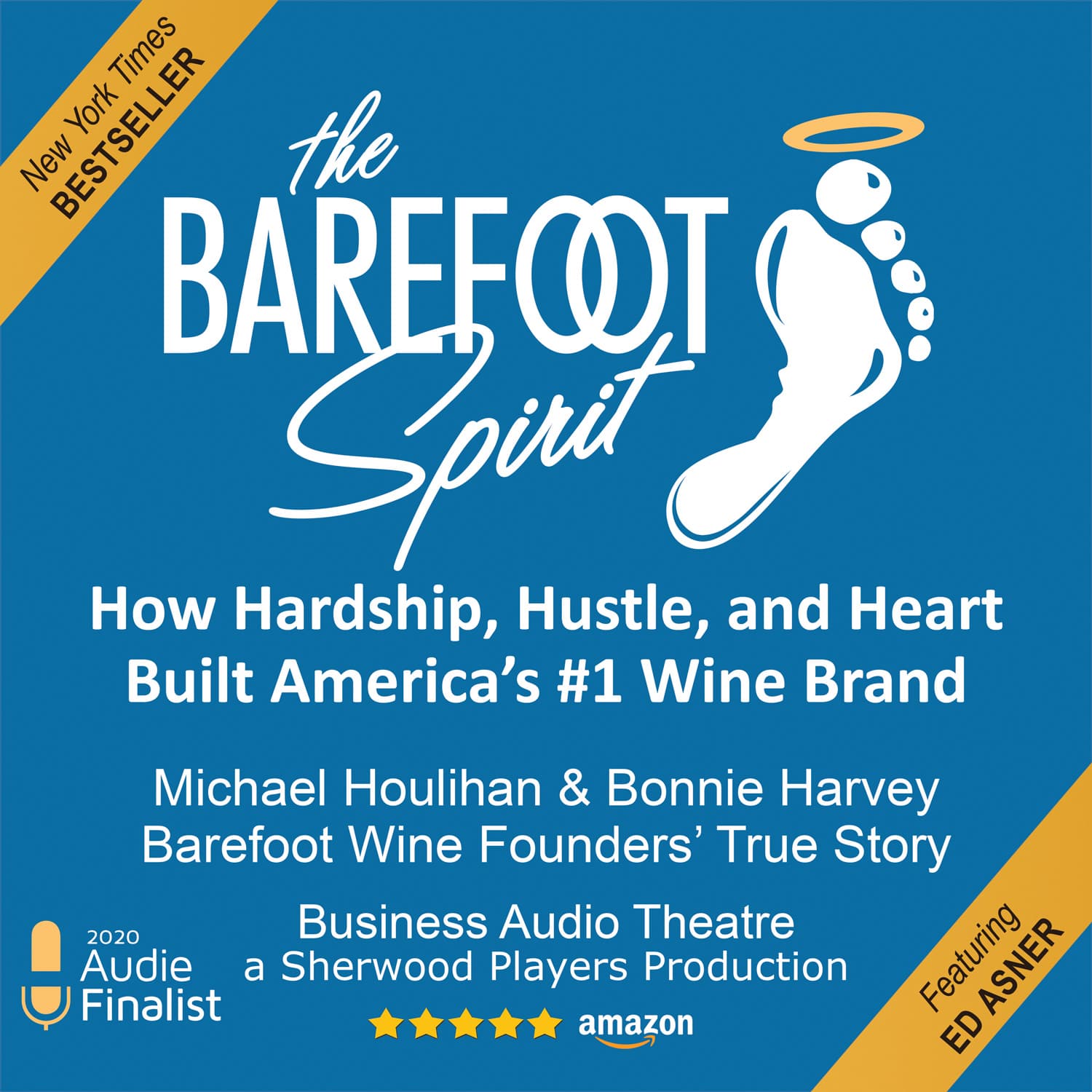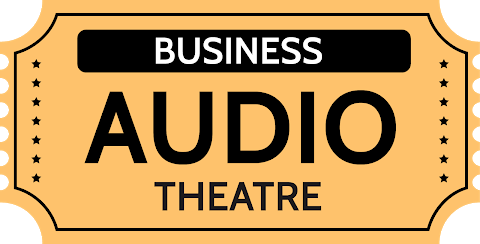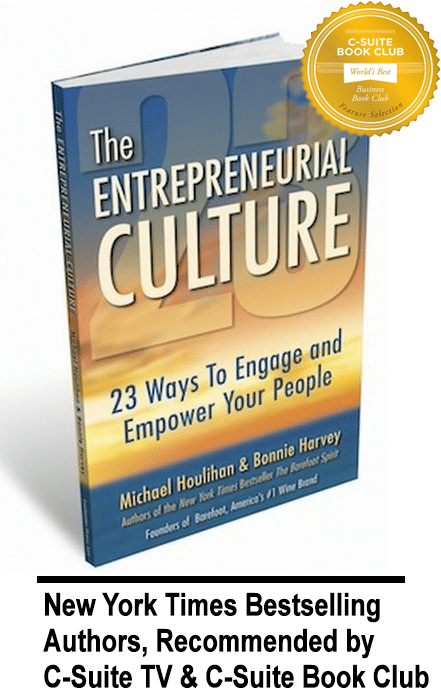
But where do young people learn about risk tolerance and risk mitigation? Where do they learn the confidence to take on a risk and reduce the downside?
A new movement in Great Britain believes risk should be taught at a very early age, starting in the grammar schools. Some of their methods are alarming by American standards. Rather than providing playgrounds with shock absorbent pads, no sharp corners, and super safe equipment, they’re doing just the opposite!
According to Ellen Barry of the New York Times, one experimental playground near Kensington Gardens in London has a sign which reads, risks have been “intentionally provided so that your child can develop an appreciation of risk in a controlled play environment rather than taking similar risks in an uncontrolled and unregulated wider world.”
She goes on to point out, “Limited risks are increasingly cast by experts as an experience essential to childhood development useful in building resilience and grit.” These are the exact ingredients required for successful entrepreneurship – resilience and grit.
Are the Brits onto something here? Have we in the US, in our desire to litigate every injury, and mitigate every potentially harmful situation, created play environments that actually prevent our children from learning the lessons they need in order to take on risk? Are we creating a generation of risk-adverse children? Are we denying them the healthy risks of childhood?
With risk comes pain. With pain comes lessons. With lessons comes risk tolerance. One of the parks in Shoeburyness, UK, includes boards, bricks, and boxes. Educators report very few injuries, mostly minor, and almost never repeated. The children there are learning lessons that protect them going forward.
Another playground in Tumbling Bay London, offers real rocks, real ground, and real sticker bushes. Authorities report that the children will touch them and learn they are spiky (and presumably avoid them going forward).
We do a lot of speaking on entrepreneurship. We encourage young entrepreneurs to learn lessons quickly, so they can move ahead and mitigate the risks they must face. We like to say, “Never waste a perfectly good mistake!” If you’re never allowed to make a mistake, you certainly can’t learn how spiky the bushes are and how to avoid them.
Children who are exposed to risk early and often learn how to learn. They remember the pain caused by their mistakes. They are more likely to stop and analyze any painful situation knowing that there is some action they can take to prevent its reoccurrence. They are less likely to blame others and be victimized. In other words, they are more likely to take responsibility for their own behavior.
When you make mistakes in business, you have choices. You can ignore them, you can minimize them to the point of convincing yourself and others that they were not important, or you can seize upon them as a learning experience. In this latter case you may ask, “What did we learn here?” You may ask, “What steps do I need to take next time to make this mistake less likely to reoccur?” Or you may ask, “What policies, procedures, checklists, sign-up sheets, job descriptions, signage, labeling, or contract clauses need to be created, changed, or improved?”
This is the positive, creative, and practical approach to mitigating risks, improving the odds for success, and ultimately moving forward in the risky world of entrepreneurship. Are people born with risk tolerance or do they learn it in the schoolyard? How did you learn risk tolerance?
Who We Are

Michael Houlihan and Bonnie Harvey co-authored the New York Times bestselling business book, The Barefoot Spirit: How Hardship, Hustle, and Heart Built America’s #1 Wine Brand. The book has been selected as recommended reading in the CEO Library for CEO Forum, the C-Suite Book Club, and numerous university classes on business and entrepreneurship. It chronicles their humble beginnings from the laundry room of a rented Sonoma County farmhouse to the board room of E&J Gallo, who ultimately acquired their brand and engaged them as brand consultants. Barefoot is now the world’s largest wine brand.
Beginning with virtually no money and no wine industry experience, they employed innovative ideas to overcome obstacles, create new markets and forge strategic alliances. They pioneered Worthy Cause Marketing and performance-based compensation. They built an internationally bestselling brand and received their industry’s “Hot Brand” award for several consecutive years.
They offer their Guiding Principles for Success (GPS) to help entrepreneurs become successful. Their book, The Entrepreneurial Culture: 23 Ways To Engage and Empower Your People, helps corporations maximize the value of their human resources.
Currently they travel the world leading workshops, trainings, & keynoting at business schools, corporations, conferences. They are regular media guests and contributors to international publications and professional journals. They are C-Suite Network Advisors & Contributing Editors. Visit their popular brand building site at www.consumerbrandbuilders.com.
To make inquiries for keynote speaking, trainings or consulting, please contact sales@thebarefootspirit.com.






